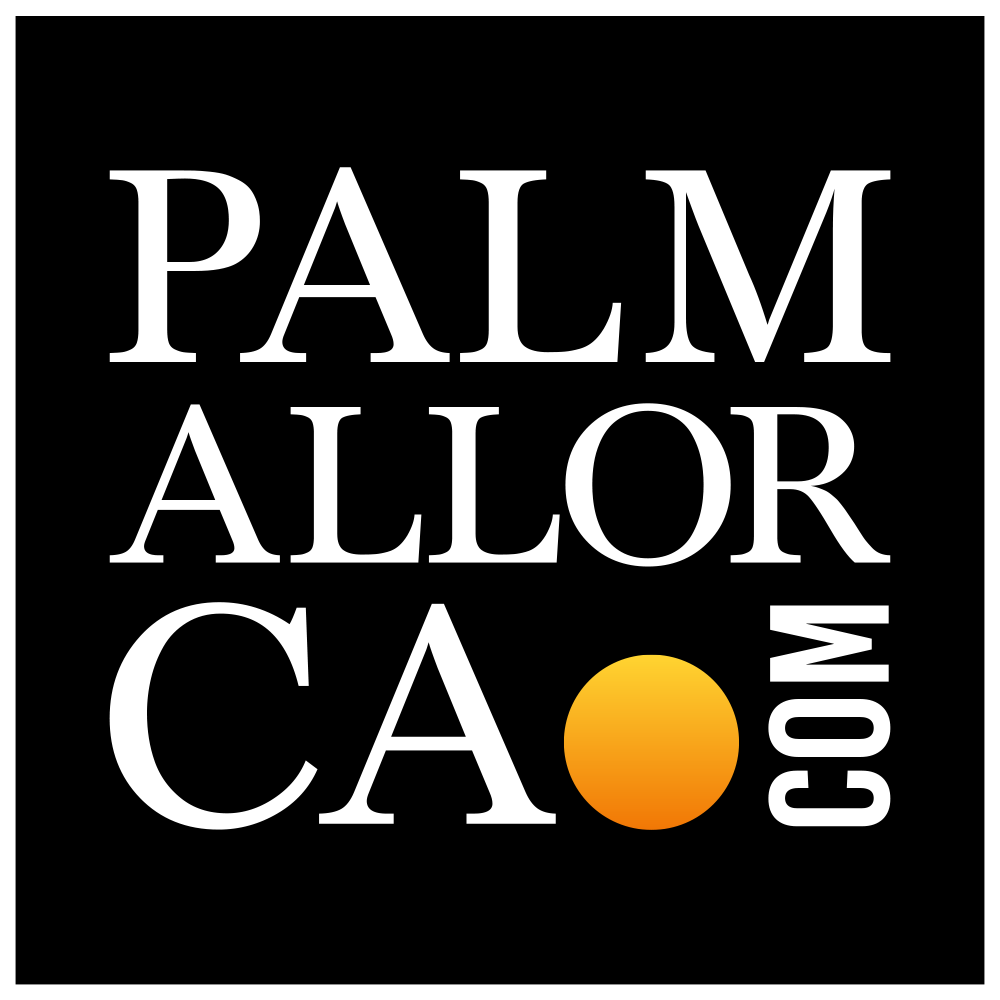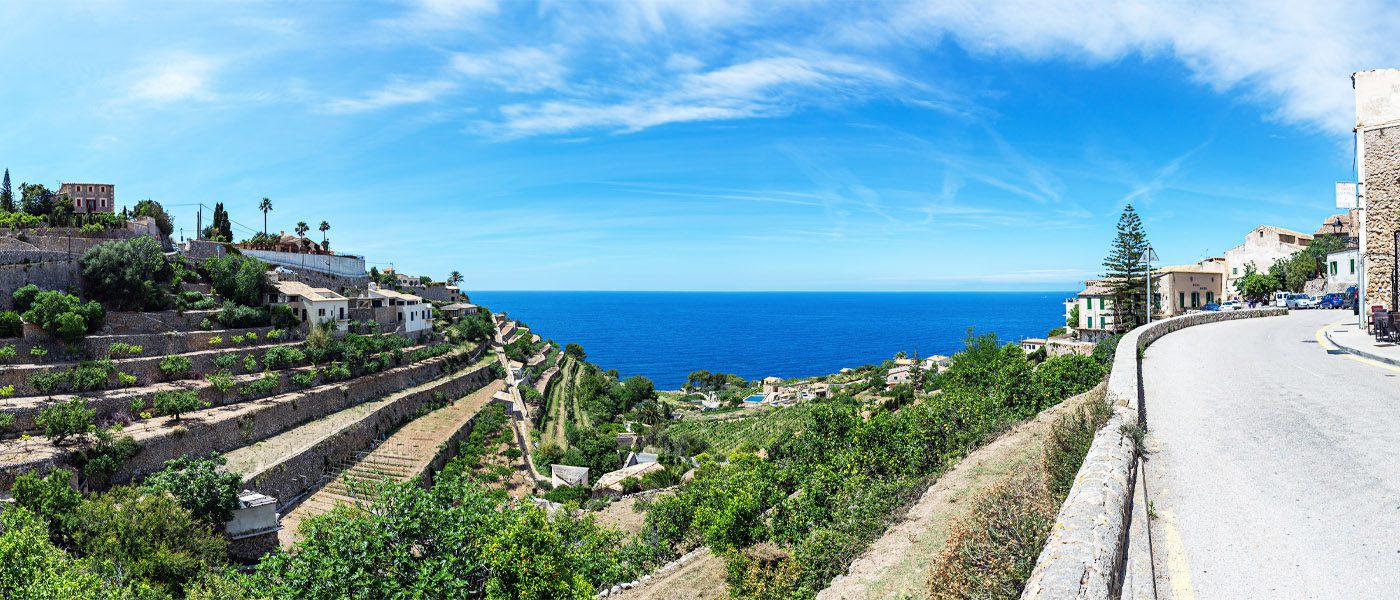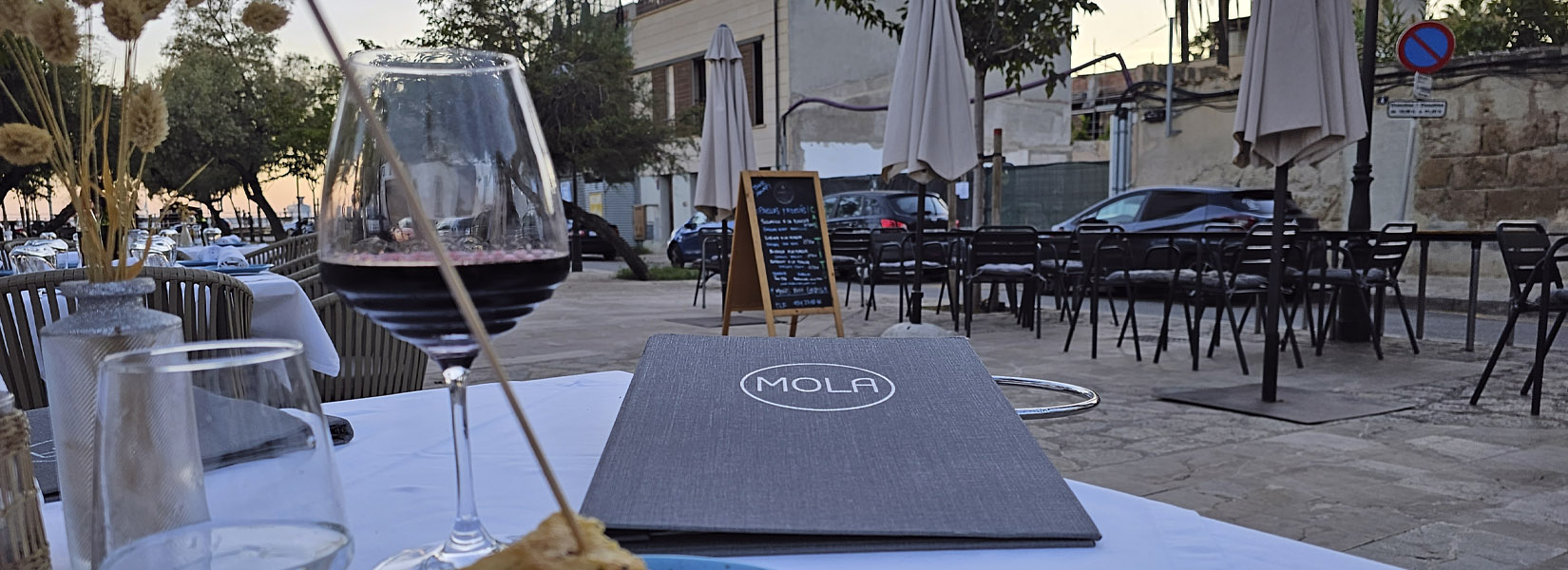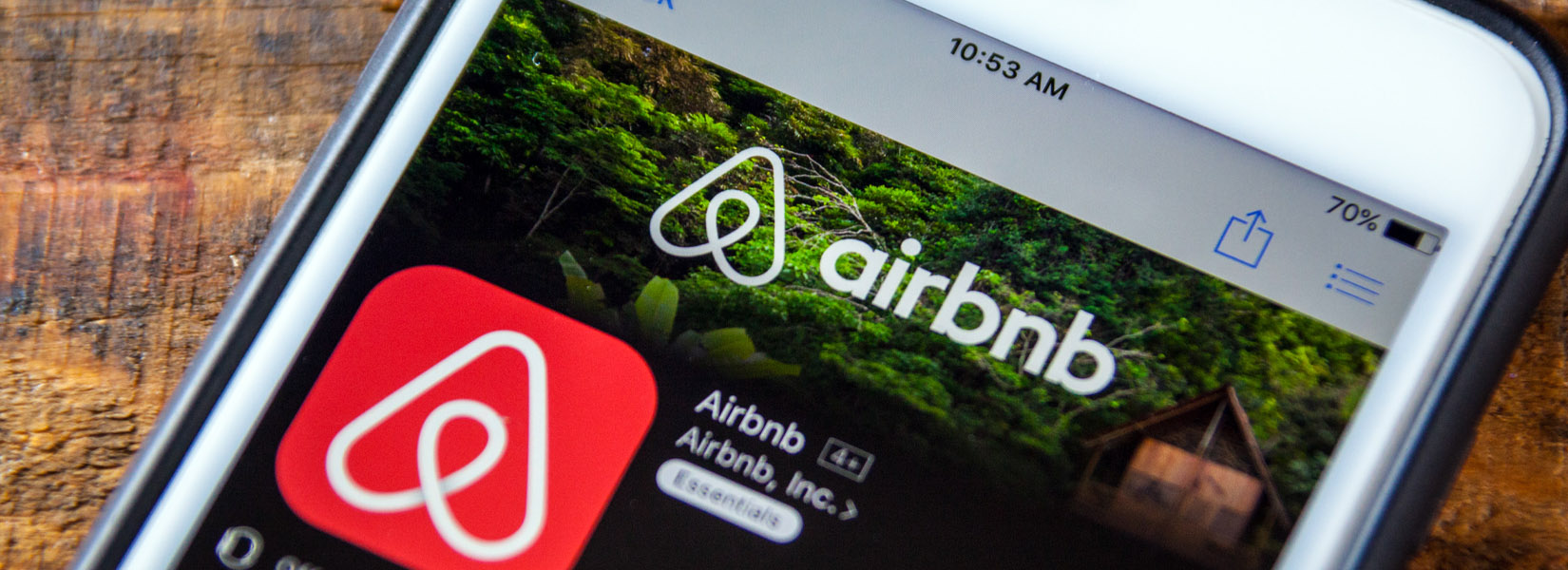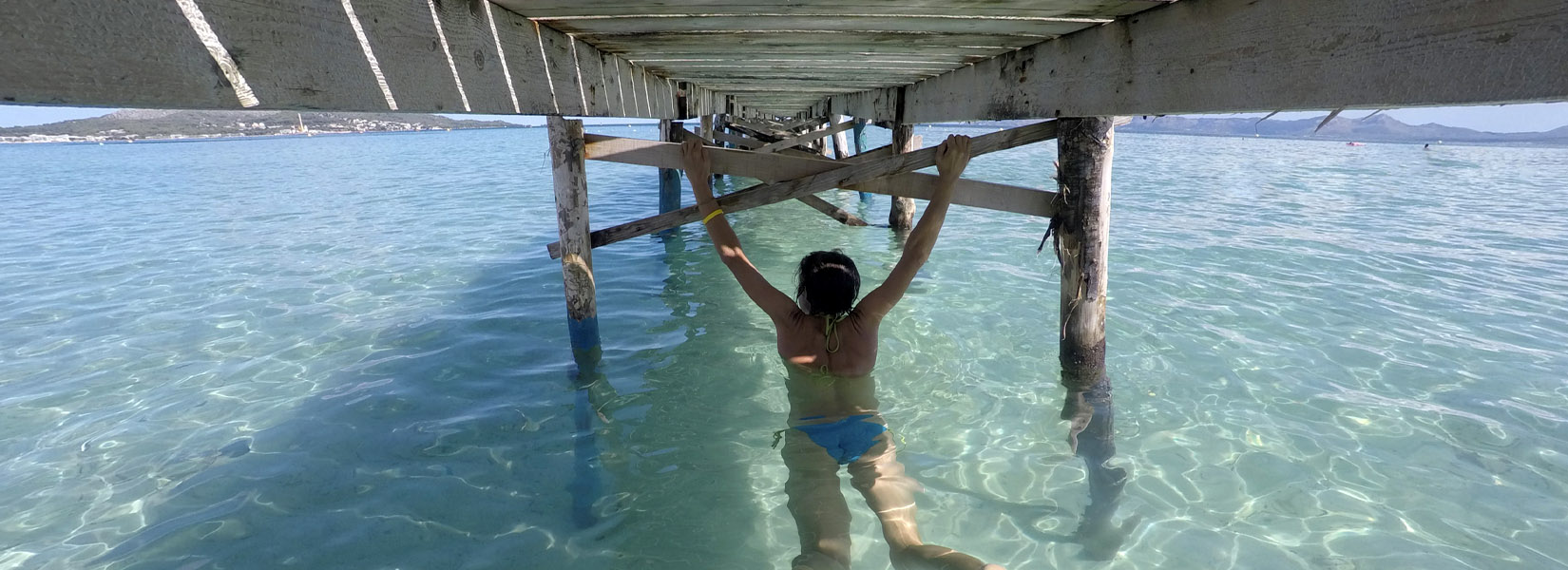From ancient times to modern day
The history of Mallorca stretches far beyond the arrival of tourism in the 1960s. Without diving into a full history lesson, a bit of historical knowledge can enrich your stay on this stunning island. Who knows, maybe it will inspire you to visit Palma Cathedral, explore the Roman ruins of Pollentia, or marvel at the stone structures that dot the landscape. Even the town names like Banyalbufar and Binissalem, though Arabic-sounding, hold unique historical tales.
Book your stay in Mallorca
Planning a trip to Mallorca? You’ve come to the right place! At Palmallorca.com, you can book a hotel in Mallorca and enjoy the best prices for car rentals and exclusive member deals. Explore the rich history of Mallorca, from ancient Talayotic settlements to La Seu Cathedral.
Please take a moment to watch the brief presentation in the video below:
The origins: From stone throwers to strategic haven
Mallorca, slightly larger than Funen, is part of the Balearic archipelago. The name “Balearic” originates from the Greek word for “to throw,” referencing the ancient inhabitants’ method of defense against sea invaders using slings and stones. As the largest Balearic island, Mallorca has been a crucial trade hub and a strategic resting point in the Mediterranean throughout history.
Earliest cultures in Mallorca
Dating back to 4000 BCE, Mallorca has been home to diverse cultures, including cavemen, Talayot builders, Phoenicians, Greeks, and Carthaginians. Although remnants from this period are sparse, sites like Capocorb Vell in Llucmajor offer glimpses into ancient stone structures, and Arta preserves ruins from these early cultures.
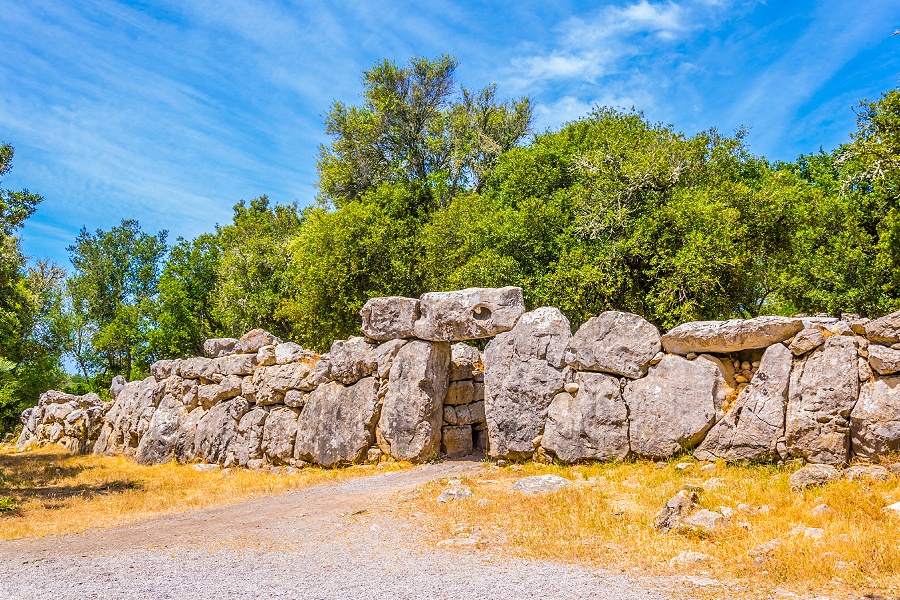
The Roman Era in Mallorca
In 123 BCE, the Romans conquered Mallorca, leaving behind numerous monuments, particularly in Pollentia, where you can visit the Roman Forum, theater, and the Monografic Pollentia museum. The Romans also introduced viticulture to Mallorca, a tradition that continues to thrive today.
The Vandals and Byzantines
In 427 CE, the Vandals took over Mallorca, destroying Roman settlements and persecuting Christians. Later, in 534 CE, the Byzantine Empire claimed the island, bringing a period of religious transformation. However, Mallorca’s distance from Constantinople made it vulnerable to North African Moorish attacks.
The Viking raids
Around 859 CE, Vikings reached Mallorca, having navigated through the Atlantic and Mediterranean. They came to plunder and take valuable items back home, marking another tumultuous chapter in the island’s history.
Moorish rule
From 902 CE for over 300 years, the Moors ruled Mallorca, transforming it into a Muslim territory. The remains of their mosque lie beneath Palma’s cathedral, and you can visit the Arab baths. Banyalbufar’s terraced hillsides, created for agriculture, are another Moorish legacy.
The Reconquest and Christianization
In 1229, King Jaume I of Aragon conquered Mallorca as part of the Christian Reconquest, driving the Moors out. He initiated the construction of Palma’s Cathedral, La Seu, which was completed in 1601. The cathedral’s bell tower inscription, “Nothing similar has been made in the whole world,” rings true when you see its grandeur. During this era, many churches, monasteries, and castles were built with characteristic sandstone facades, particularly in Andratx, Arta, and Alcúdia.
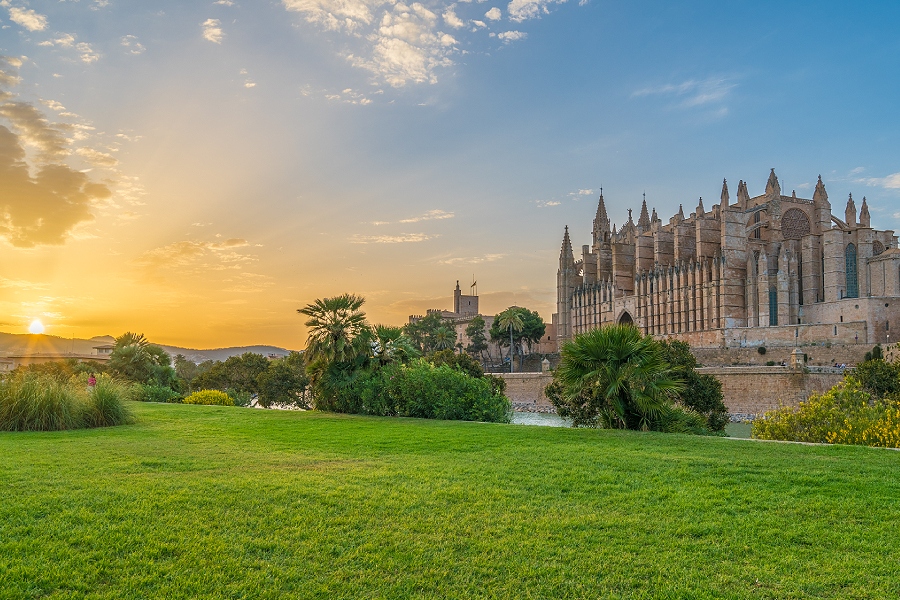
Spanish rule and the Civil War
Various Iberian kings ruled Mallorca, which became part of the Spanish Empire in the late 15th century. During the Spanish Civil War (1936-1939), Mallorca was a battleground, especially notable during the “Battle of Mallorca” starting from the Port Pollenca military base. The war ended with Franco’s rise to power.
The Tourism Boom
In 1960, Palma’s airport was built, marking a new chapter in the history of Mallorca. This development, part of Franco’s strategy to boost the economy through tourism, transformed Mallorca into a major tourist destination. After Franco’s death in 1975, Spain embraced democracy and openness, paving the way for the modern tourist industry.
Balearic Independence
On March 1, 1983, the Balearic Islands gained autonomy. This date, now a public holiday, is celebrated with food stalls and cultural events, particularly in Palma. The Balearic Islands, including Mallorca, Menorca, Formentera, Ibiza, Cabrera, and Conillera, each have unique stories and cultures.
Modern Mallorca
Today, Mallorca is home to approximately 940,000 residents, with about 456,088 living in Palma (2020). Both Catalan and Spanish are official languages. Spain joined the EU in 1986, further integrating Mallorca into the European community.
For a deeper dive into the history of Mallorca, visit the Museu de Mallorca in Palma. There, you can explore the island’s rich past and its evolution into the vibrant destination it is today. Read more about the museums in Palma.
Remember to explore our travel guides to Mallorca’s captivating destinations, from the vibrant city life in stunning Palma to the sun-soaked shores of Alcudia and Puerto de Pollença. Don’t miss the charming mountain villages of Sóller and Deià, where nature and tradition blend harmoniously. Also take a look at the hot spot for wine lovers – Binissalem and beautiful Port de Andratx.
Follow us at SoMe
Join the Mallorca Visuals Facebook group to explore stunning images about the island. Delve into the rich history of Mallorca, from ancient Talayotic settlements to the grandeur of La Seu Cathedral, Bellver Castle, and the Roman ruins of Pollentia.
Top picture to the article “The fascnating history of Mallorca.”: Palmallorca.com

